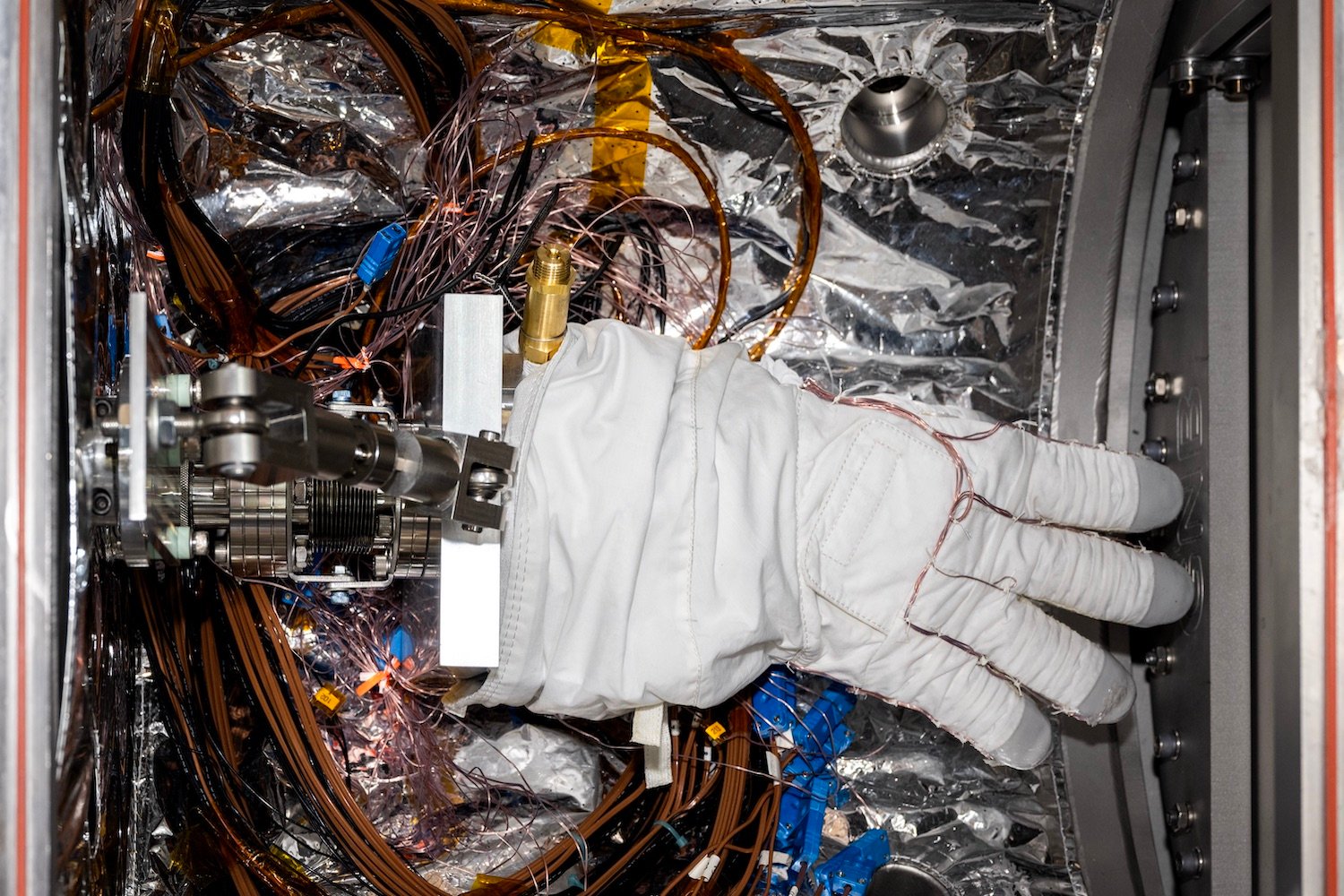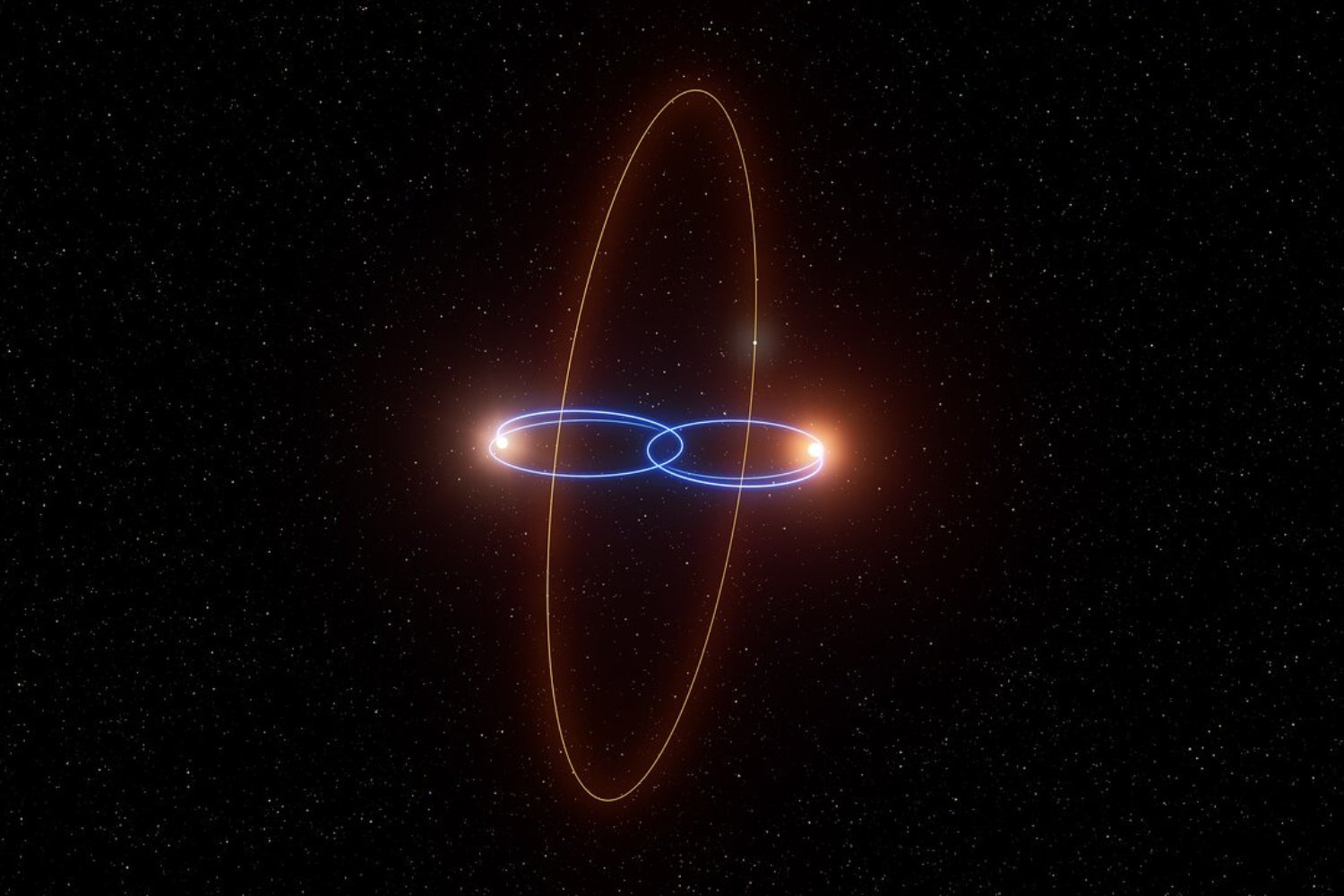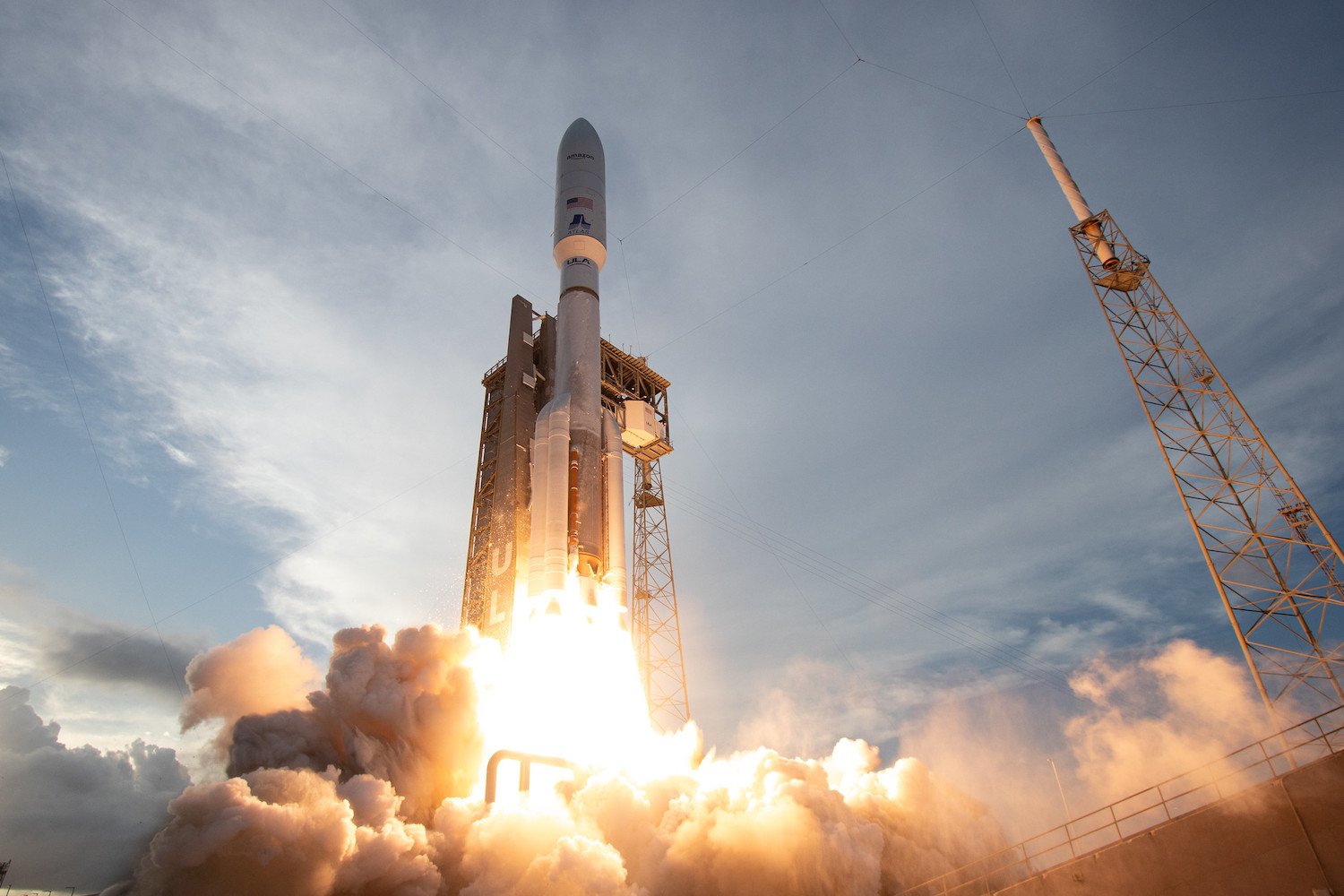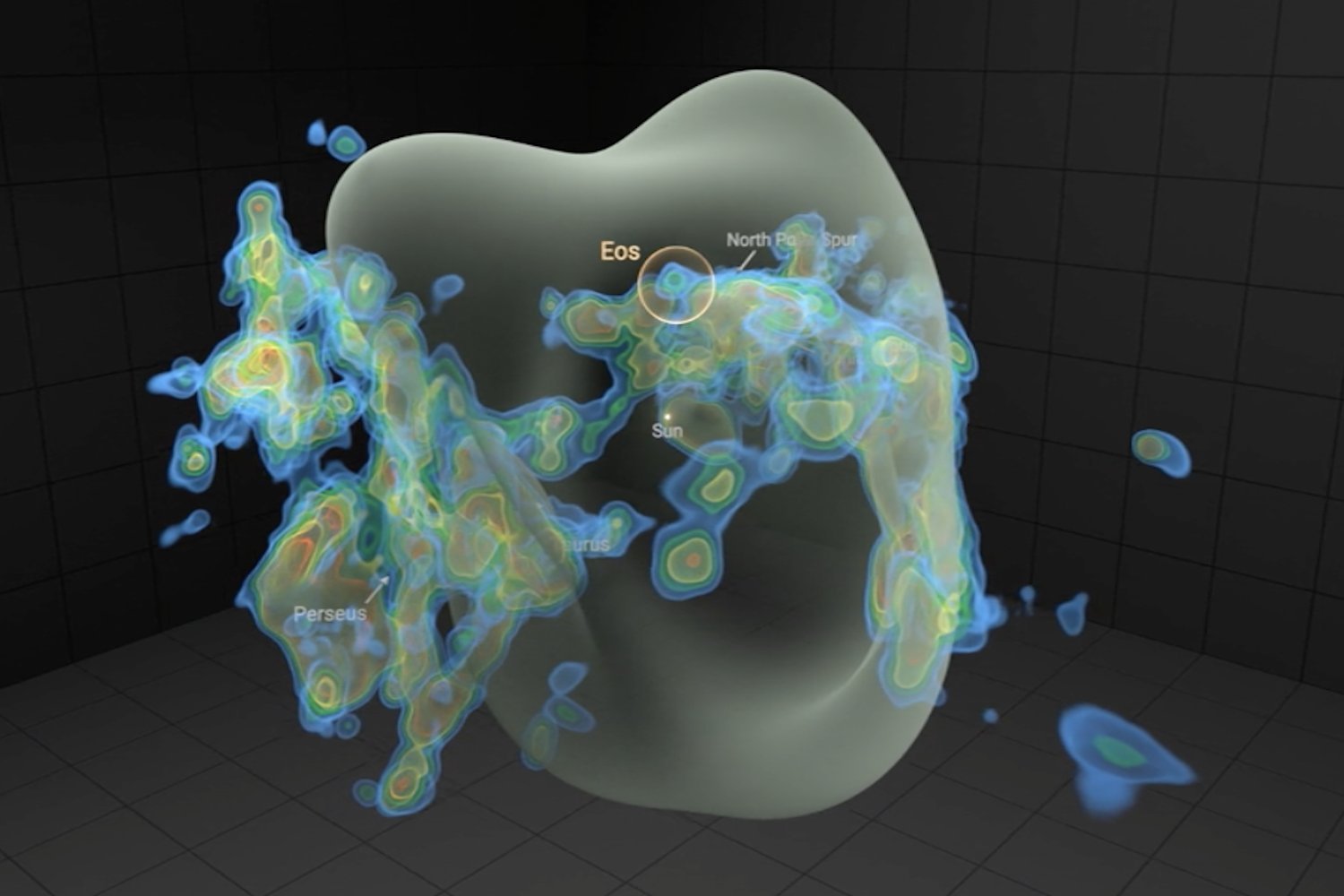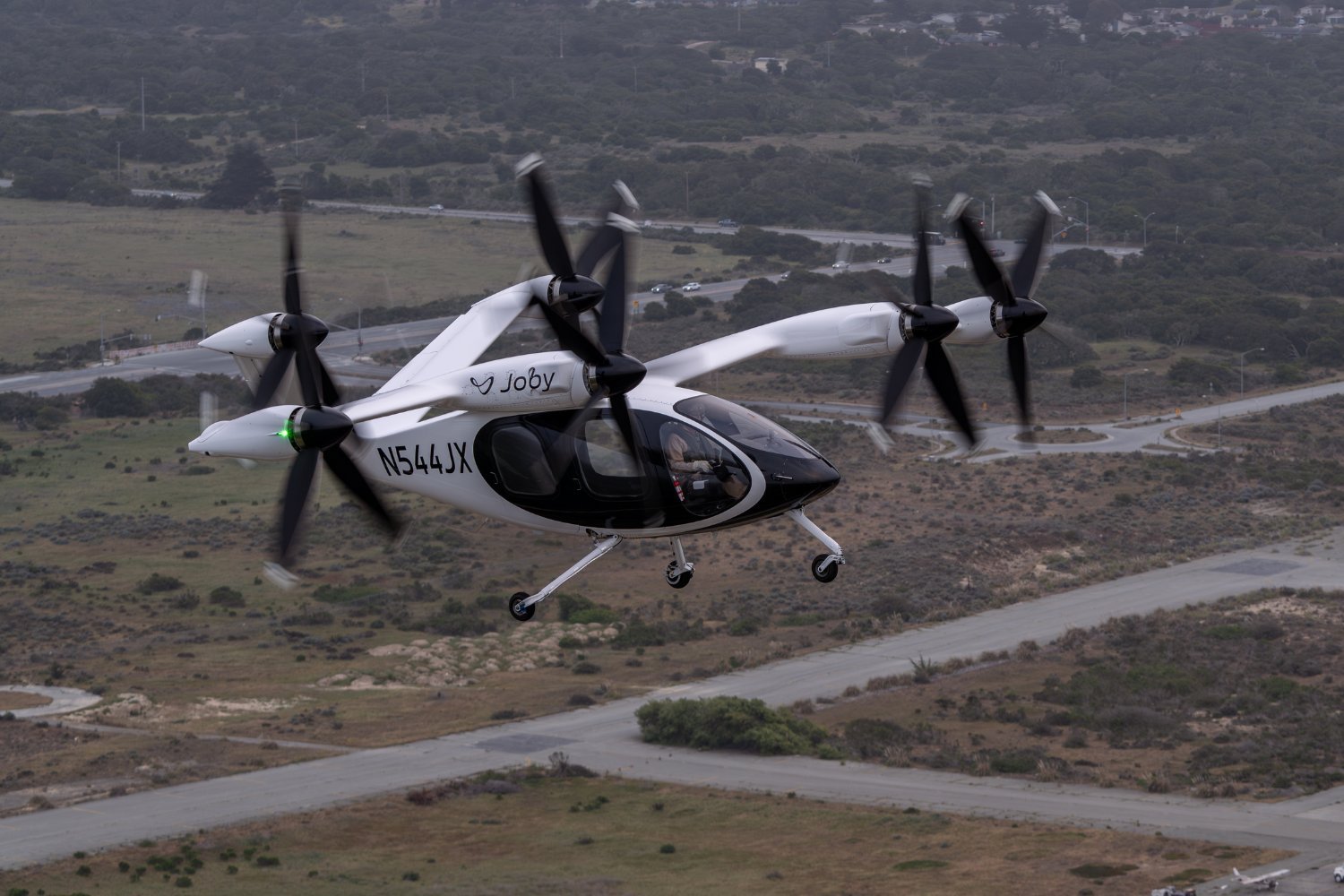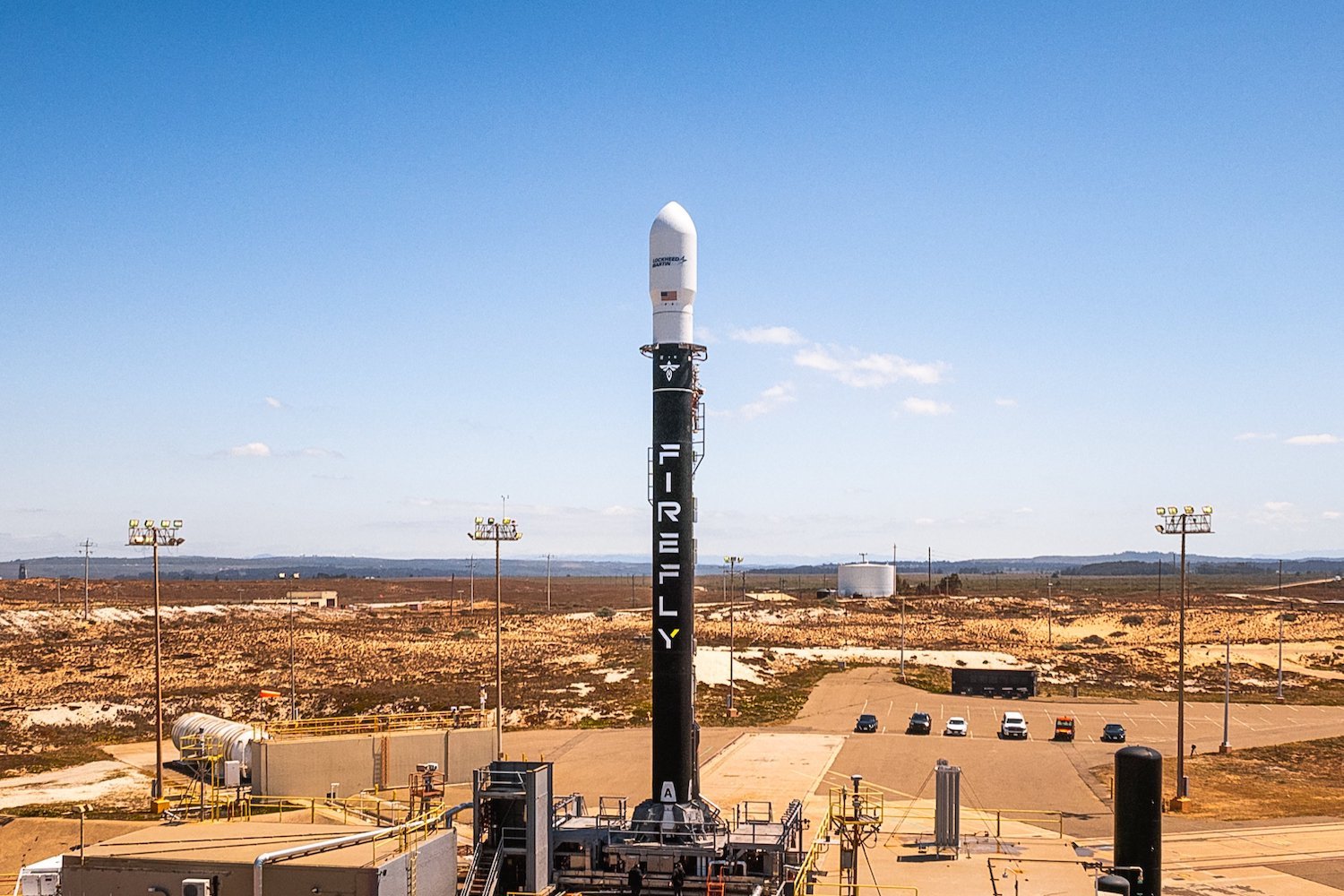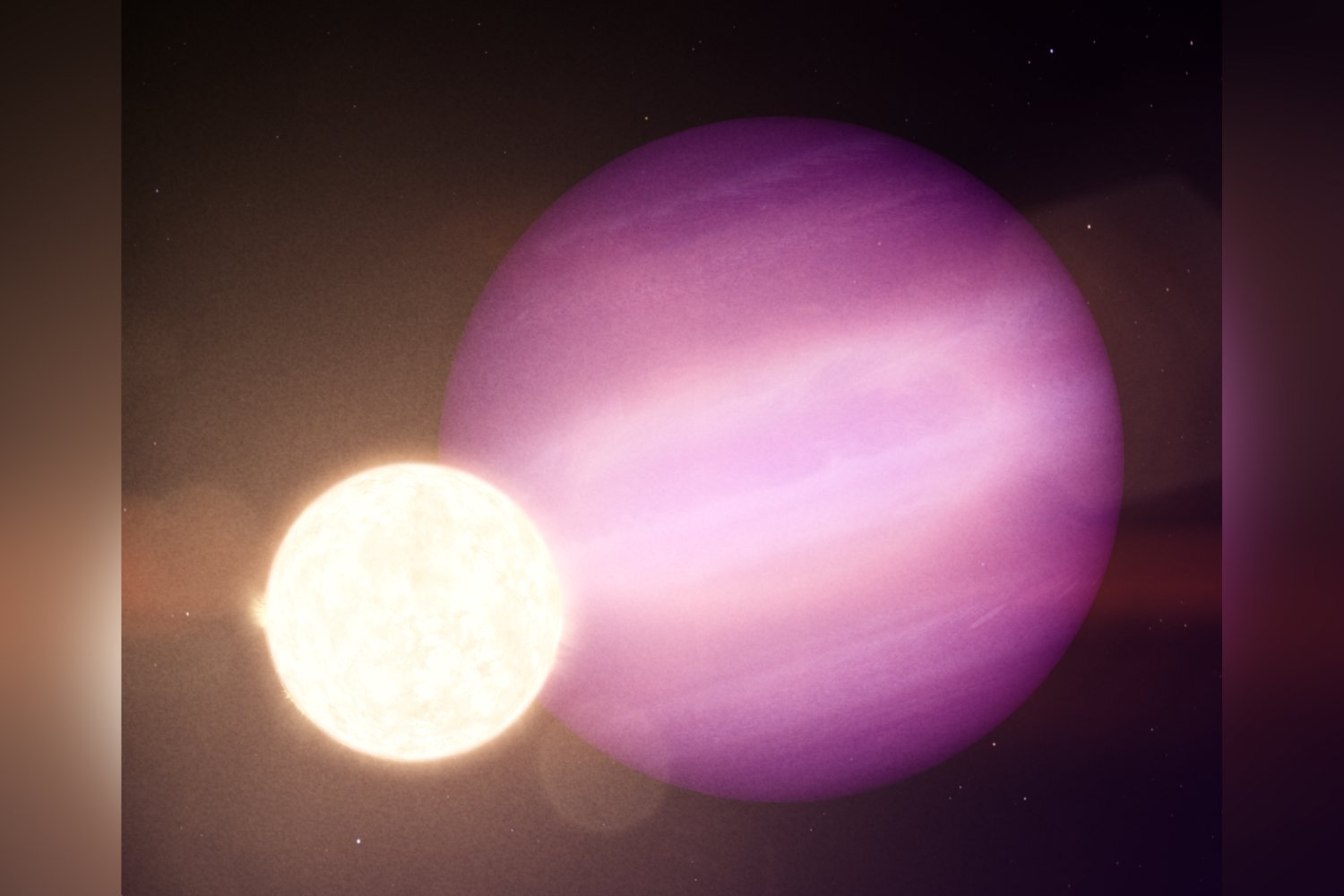NASA’s upcoming Artemis missions will send astronauts to the frigid, permanently shadowed regions of the Moon’s south pole, presenting unique challenges for keeping astronauts warm. To address this, NASA engineers are rigorously testing spacesuit components, particularly gloves and boots, in a specialized cryogenic chamber called CITADEL. This facility, originally designed for testing robotic parts for missions to icy celestial bodies, is now playing a crucial role in preparing for humanity’s return to the Moon.
CITADEL: A Deep Freeze for Spacesuit Technology
The Cryogenic Ice Testing, Acquisition Development, and Excavation Laboratory (CITADEL) at NASA’s Jet Propulsion Laboratory offers a unique environment for simulating the extreme cold of the lunar south pole. Unlike facilities using liquid nitrogen, CITADEL employs compressed helium to reach temperatures as low as -370°F (-223°C). Its four load locks allow the introduction and removal of test materials without disrupting the chamber’s frigid vacuum state, a crucial feature for maintaining consistent testing conditions. A robotic arm manipulates materials within the chamber, while visible and infrared cameras record the entire testing process. To further replicate lunar conditions, the team plans to incorporate abrasion testing, lunar regolith-like material, and aluminum blocks simulating tools astronauts might handle.
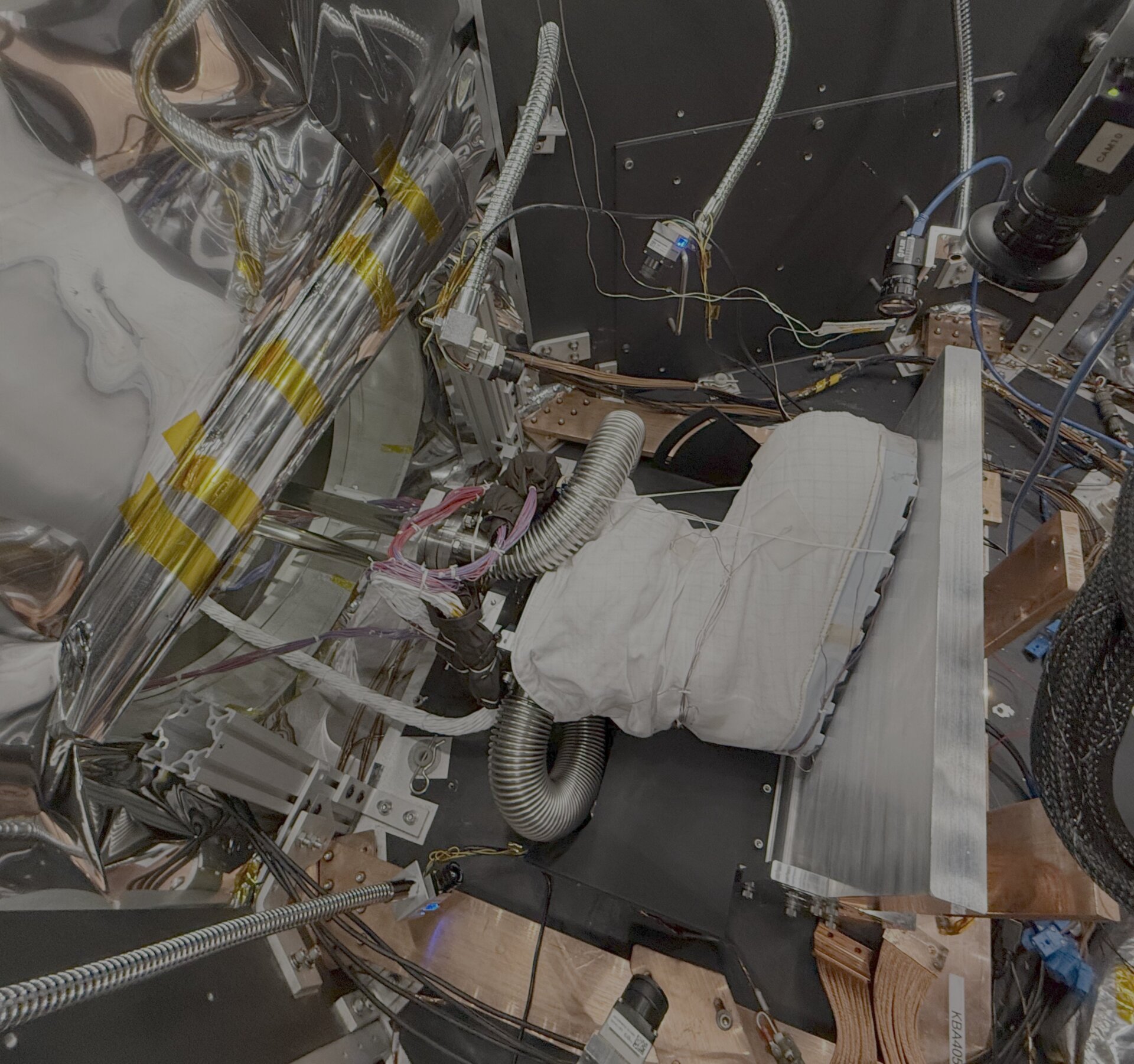 Boot In Test Credit: NASA/JPL-Caltech
Boot In Test Credit: NASA/JPL-Caltech
From Human Testers to Advanced Manikins
Previously, NASA relied on human testers for thermal evaluation, requiring astronauts to grasp cold objects within chilled glove boxes until their skin temperature dropped significantly. Now, a custom-built manikin hand and foot equipped with fluid loops mimicking blood flow and numerous temperature sensors provide more precise data within CITADEL. This data is crucial for understanding the limitations of current spacesuit technology and informing the design of future hardware.
The Challenges of the Lunar South Pole
The Artemis 3 mission, slated for 2027, will mark the first human landing on the Moon since the Apollo era. Unlike the Apollo landing sites near the lunar equator, Artemis astronauts will explore the south pole, a region of significant scientific interest due to the potential presence of water ice in permanently shadowed craters. However, these craters present a hostile environment with temperatures plummeting to -414°F (-248°C). Astronauts are expected to spend approximately two hours at a time within these icy craters.
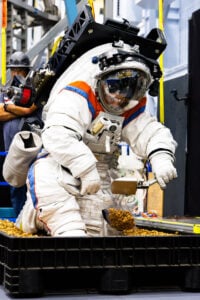 Axemu Credit: Axiom Space
Axemu Credit: Axiom Space
AxEMU: The Next Generation of Lunar Spacesuits
For the Artemis missions, astronauts will wear the Axiom Extravehicular Mobility Unit (AxEMU), the first new lunar spacesuit since the Apollo program. Developed by Axiom Space in collaboration with Prada, the AxEMU builds upon the legacy of previous spacesuits while incorporating advanced technology for enhanced mobility and protection in the challenging lunar environment. This collaboration aims to blend functionality with a modern, aesthetically pleasing design.
Evaluating Current and Future Spacesuit Designs
The CITADEL tests are instrumental in establishing performance criteria for the AxEMU. Initial tests of existing gloves, originally designed for spacewalks from the International Space Station, have revealed their inadequacy for the extreme cold of the lunar south pole. Analysis of boot performance is ongoing. The data gathered will help identify capability gaps in current hardware and inform the development of more effective thermal protection for future spacesuit designs, ensuring the safety and comfort of astronauts during extended lunar explorations.
Conclusion: Preparing for a Chilly Lunar Frontier
The extreme cold of the lunar south pole presents a significant challenge for the Artemis missions. Through rigorous testing in CITADEL, NASA is gaining crucial insights into the thermal performance of spacesuit components, paving the way for the development of advanced technologies that will enable astronauts to safely and effectively explore this scientifically intriguing but unforgiving lunar environment. The data collected will guide the refinement of the AxEMU and future spacesuit designs, ensuring that astronauts are equipped to withstand the extreme conditions of the lunar south pole as they embark on humanity’s next giant leap in lunar exploration.



